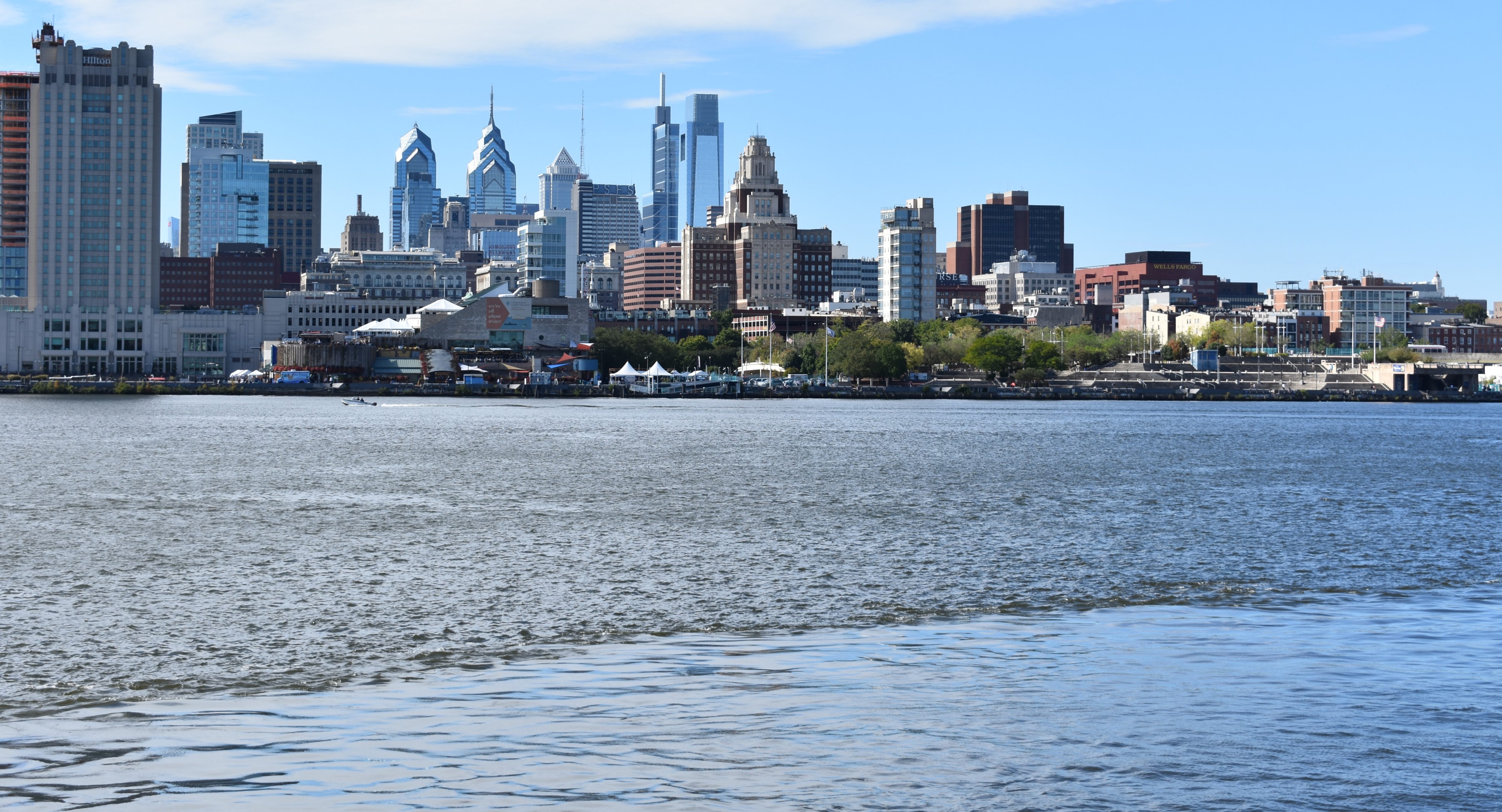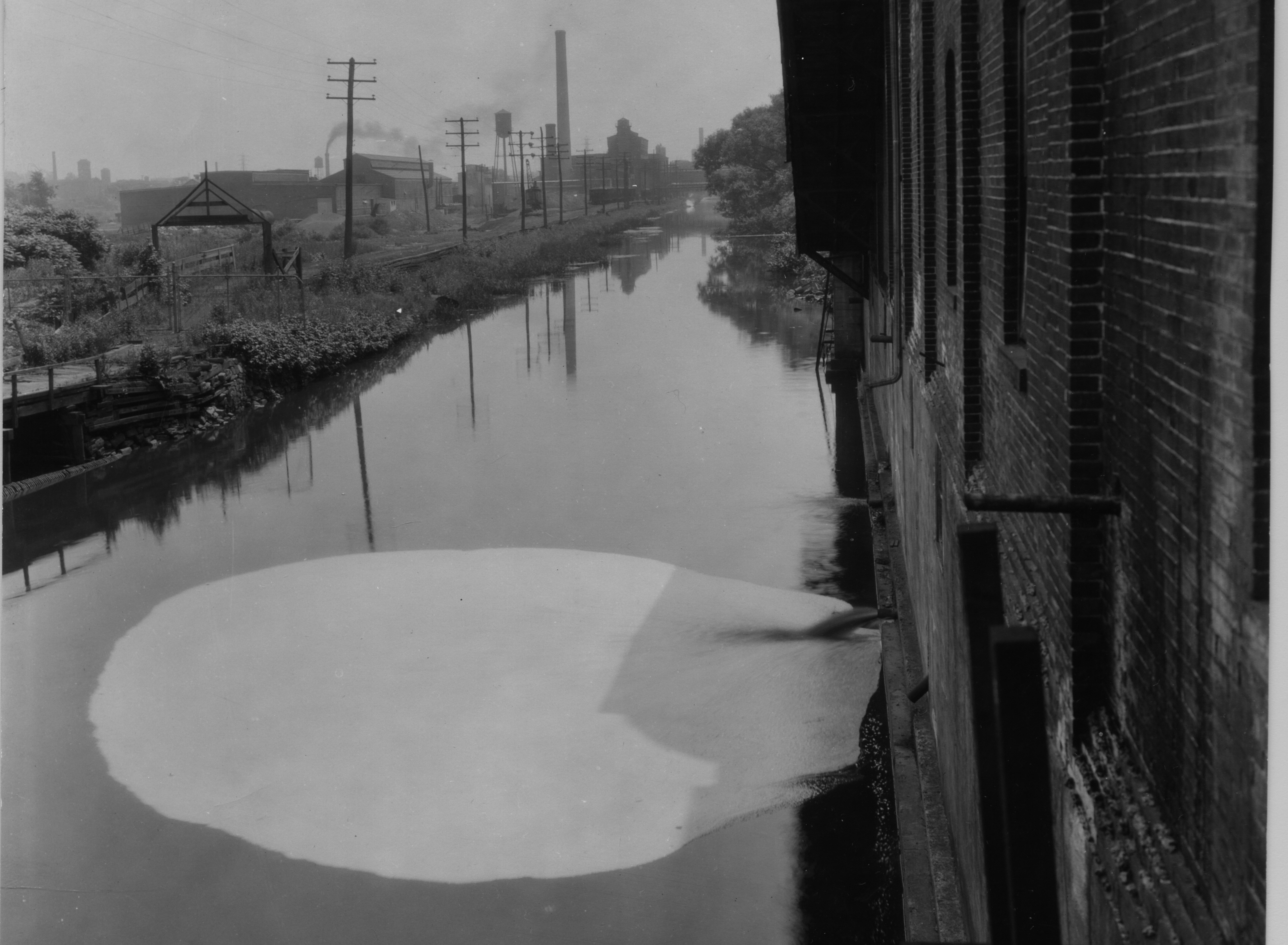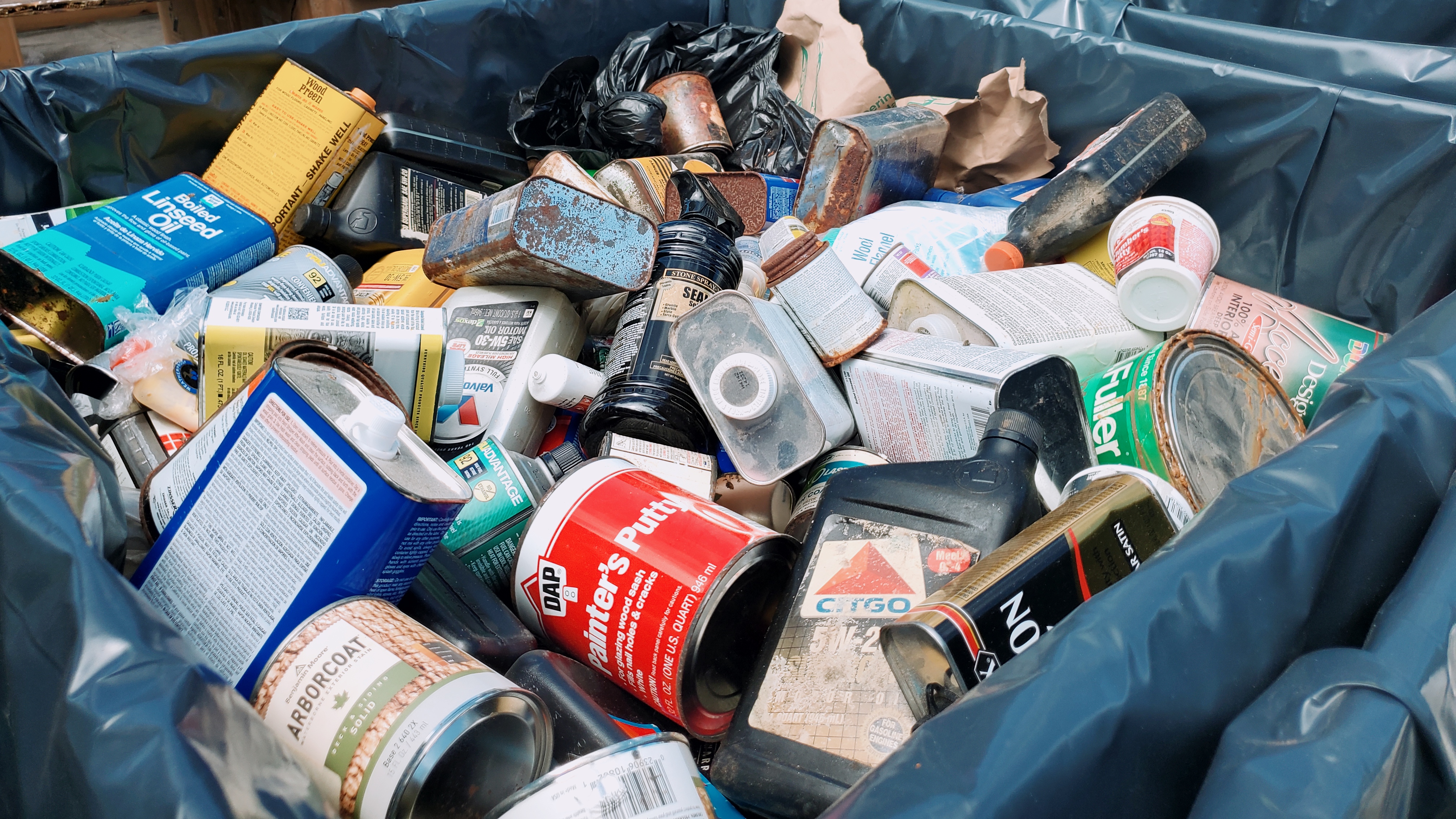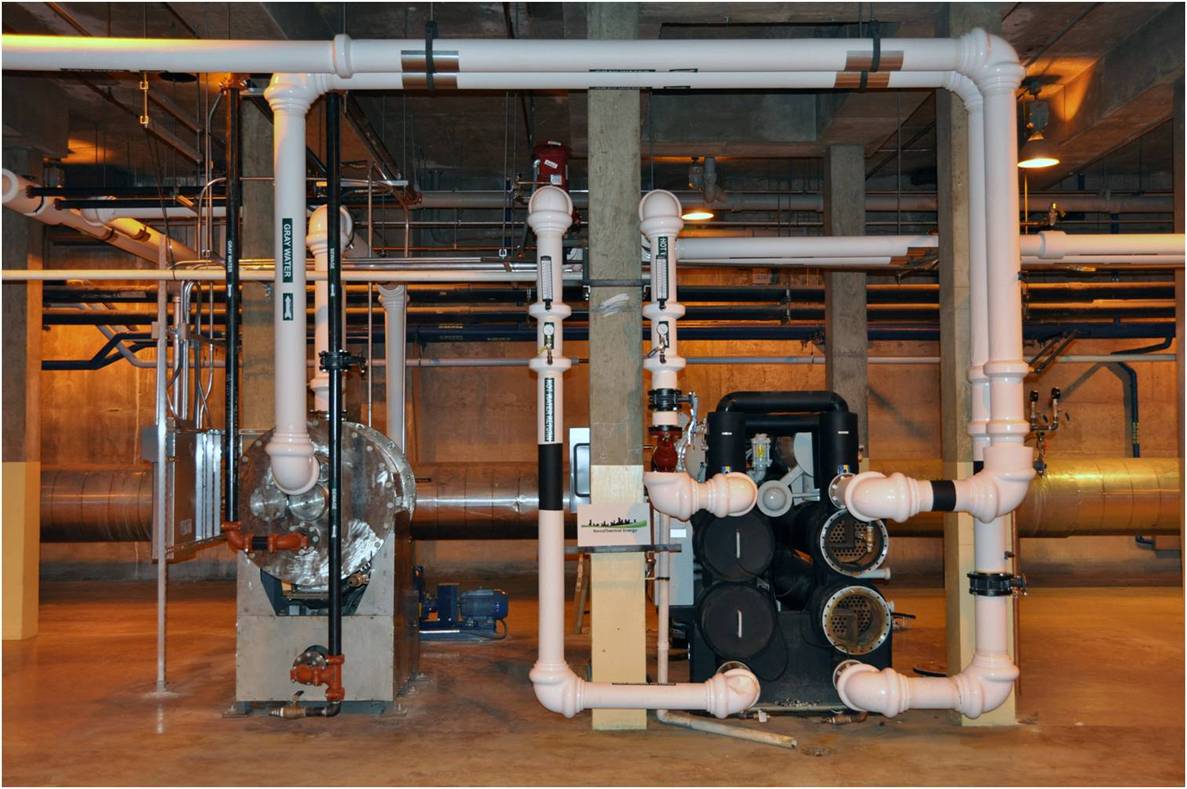

We’re commemorating the 50th anniversary of the Clean Water Act.
This monumental piece of legislation and the burst of federal support for water infrastructure that followed revived polluted waterways across the United States – especially here in Philadelphia.
Follow along as we honor this milestone with history, events, and ways you can support the ongoing work of protecting and restoring our rivers and creeks!
Events
Check out upcoming in-person and virtual events honoring CWA!

You Could Smell the Rivers at City Hall
Wednesday, November 2
7:00 pm – 8:00 pm
Join PWD Historian Adam Levine to explore the state of Philadelphia’s rivers (and their impact) before and after the Clean Water Act.

Hazardous Waste Drop‑Off
Saturday, November 5
9:00 am – 3:00 pm
Help keep household hazardous waste out of our rivers and streams by scheduling a drop-off appointment at the City’s collection event.

Wastewater Treatment Plant Virtual Tour
Thursday, November 10
10:00 am – 11:30 am
Join Environmental Engineer, Drew Brown, for a virtual behind-the-scenes tour of the Southeast Wastewater Treatment plant.

Love Your Park Fall Service Day
Saturday, November 12
Times Vary
Park Friends groups across Philadelphia will host volunteer events to clean, green, and celebrate our neighborhood parks.
History
Before the act was passed in 1972, Philadelphia’s waterways were polluted with sewage, trash, oil, and toxic industrial waste. We’ve made a lot of progress in the last 50 years.
Then…
- During World War II, the Delaware River was so polluted that personnel of naval vessels complained the odor made it impossible for them to eat while docked there. A US Army pilot claimed he could smell the river from 5,000 feet in the air.
- Hydrogen sulfide fumes from decomposing bacteria in the river were so noxious that some shipping vessels refused to dock in Philadelphia because of the smell.
- The river’s water was so foul that it would turn the paint of ships brown as they traveled through or were docked for any period of time.

…and Now
- The construction, operation, and subsequent treatment upgrades at our three Water Pollution Control plants are responsible for significant water quality improvements in the Delaware and Schuylkill Rivers.
- Today our rivers support diverse aquatic habitats, with some species once considered threatened or endangered now thriving along Philadelphia waterways, thanks to improvements that were made possible through Clean Water Act funding.
- In 2021, the Philadelphia Water Department’s three Water Pollution Control Plants treated an average of 444 million gallons of wastewater and stormwater per day, for an annual total average of approximately 162 billion gallons.
- Since Green City, Clean Waters was officially adopted as Philadelphia’s plan to address the issue of combined sewer overflows in 2011, we have had tremendous success. At the start of 2022, we were officially managing stormwater from nearly 2,200 acres of impervious surfaces using green infrastructure – all adding up to a more than 3-billion-gallon reduction in the annual combined sewer volume.
50 Ways to Take Action
See what you can do to keep our waterways clean!
- Bring hazardous waste to a collection event November 5 and help ensure that pollution doesn’t end up in our rivers!
- Join us on November 2 for a (virtual) history talk about the long journey toward clean water that led up the Clean Water Act with PWD Historian Adam Levine. (Watch the recording!)
- Register for our November 10 virtual tour of our Water Pollution Control Plants with PWD engineer Drew Brown. The plants were transformed by the Clean Water Act and the funding it provided and are responsible for the health of the Delaware River Watershed as it is today.
- Even litter that seems far away from a river or creek can end up getting blown or washed into waterways. Volunteer at a local cleanup or pick up litter on your block. Find a cleanup event through Love Your Park, TTF Watershed Partnership, or Friends of the Wissahickon! (Love Your Park Fall Service is November 12.)
- Visit the Fairmount Water Works and sign up to get notified about future events.
- Share a waterway memory on social media and tag it #CleanWatersPHL.
- Get a free rain barrel to help manage stormwater on your property through Rain Check.
- Check out Soak It Up Adoption and see if your neighborhood group could get funds to help care for Green City, Clean Waters green infrastructure that’s protecting our rivers.
- Find your watershed – there are seven in Philly!
- Find out which local rivers and treatment plant your drinking water comes from.
- See if your place of worship, business, or non-profit could benefit from our Stormwater Grants and help protect local waterways.
- Become a Penn State Watershed Steward.
- Mark the storm drains in your area.
- Take a hike on the Delaware River Trail.
- …or check out the Schuylkill River Trail.
- Check out the social media conversation around #DayWithoutTheDelaware.
- Go check out the Downstream exhibit at the Science History Museum.
- Sail on by the Seaport Museum and see their River Alive! exhibit about protecting our rivers.
- VOTE – and encourage others to do so.
- Experience the ‘Watershed Moment’ exhibit at the Academy of Natural Sciences.
- Look up green infrastructure near you, and go check it out.
- Take a virtual tour of the Big Green Block in Kensington or go check it out IRL.
- Watch “Welcome Back, Otter!” to learn about sewer overflows and what Philly is doing to reduce them.
- Check out this tour of new green infrastructure that is currently being built to protect Cobbs Creek from runoff and sewer overflows.
- Take a kid fishing locally. (You can even print out this official “First Fish” certificate to celebrate their catch!)
- Scoop the Poop! Help prevent prevent poo-llution by picking up after pets.
- Set up a baggie box on your block to encourage other dog walkers to keep pet waste out of waterways.
- Switch from bottled to tap: supporting local water providers helps keep your money local where it can be used for infrastructure and protecting waterways, and you can help keep plastic waste like single-use bottles out of our rivers and creeks. Learn more and take the Drink Philly Tap Pledge.
- Check out the cwa50.org site and look for actions you can take.
- Go see the “Water Gives Life” mural at 13th and Arch.
- Get involved with the TTF Watershed Partnership, which does so much to care for the Tookany-Tacony/Frankford Creek and connects people to the water.
- Visit Bartram’s Garden along the tidal Schuylkill River.
- Read the University of Pennsylvania’s CWA 50th Anniversary feature.
- Thought about working with water? Consider a career at PWD.
- Sign up for email or text updates to find out about clean water events and info from PWD.
- Visit the Pennypack Environmental Center or Pennypack Ecological Trust to connect with this important Philly watershed.
- Learn about planned Green City, Clean Waters projects in your area and attend a community meeting.
- Visit the John Heinz National Wildlife Refuge and see how species like the Bald Eagle of returned to this tidal Delaware River wetland.
- Learn about the original watershed stewards in our area, the Lenape.
- Connect a kid with local waterways with the new game, Aqua Marooned!
- Keep unused meds out of the toilet and our waterways – look up info about Pennsylvania’s Prescription Drug Take-Back Program or Find a Drug Take-Back location.
- Check out all the things you can do around home to reduce your impact on stormwater pollution.
- Learn about the right way to melt ice on your sidewalk this winter, and stock up on watershed-safe alternatives before the cold arrives.
- Pay your water bill… We’re not kidding! Many people don’t know it, but water bills in Philadelphia are how we pay for the infrastructure and workers protecting your rivers. Our customers have helped invest billions of dollars in protecting the Delaware River Watershed in recent decades, making our water healthier than it has been in over well over a century.
- See how you can get involved with the Partnership for the Delaware Estuary, a nonprofit doing great work and research throughout the watershed.
- Read this guide to see if adding green stormwater tools to your local school is an option.
- Plant a tree in Philly to help soak up stormwater naturally.
- Take a kid to the River Alive! Learning Trail in Tacony Creek Park.
- Explore the Wissahickon Environmental Education Center and hike along the creek and its tributaries.
- Find out how working with Power Corps PHL can lead to a green job in the field of protecting our waterways.